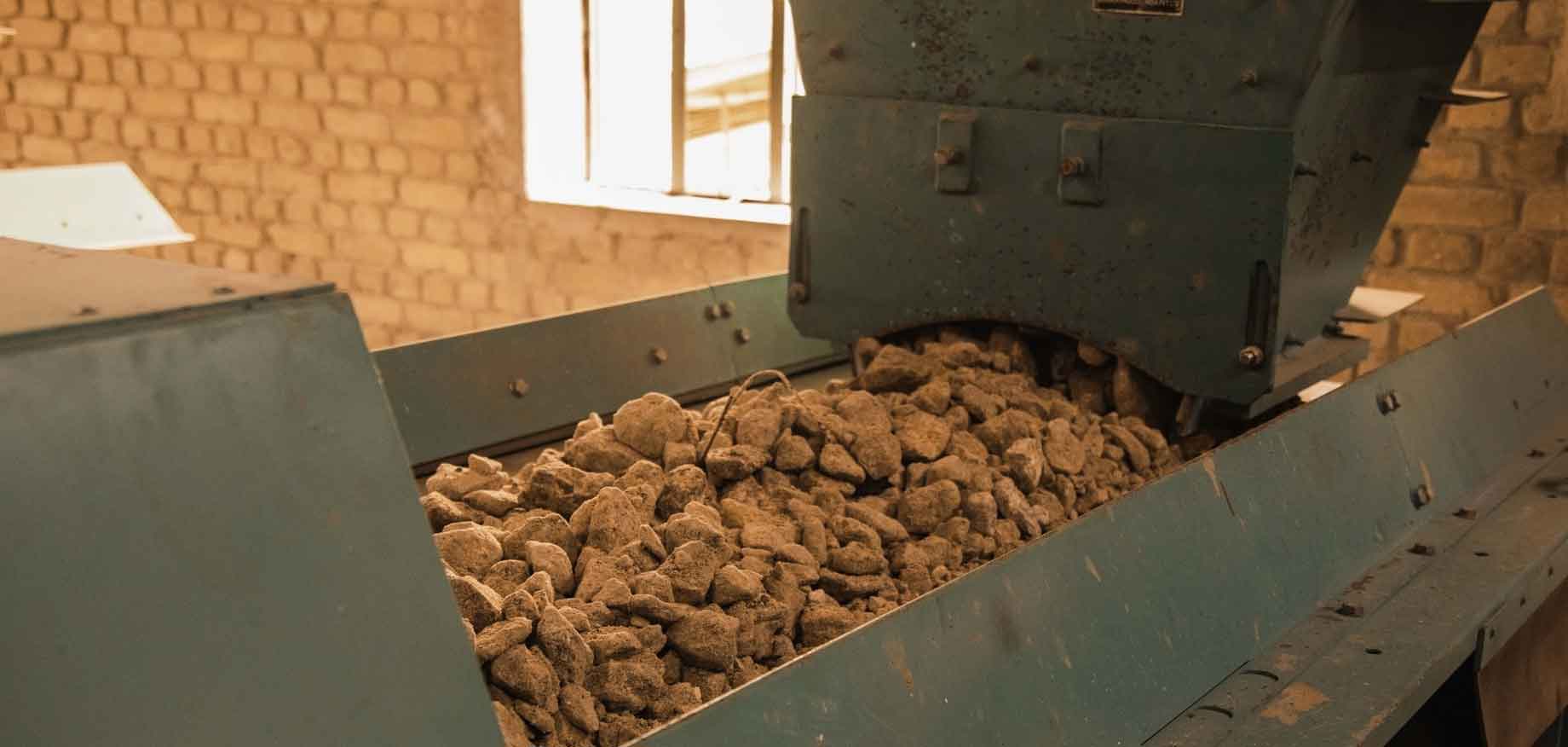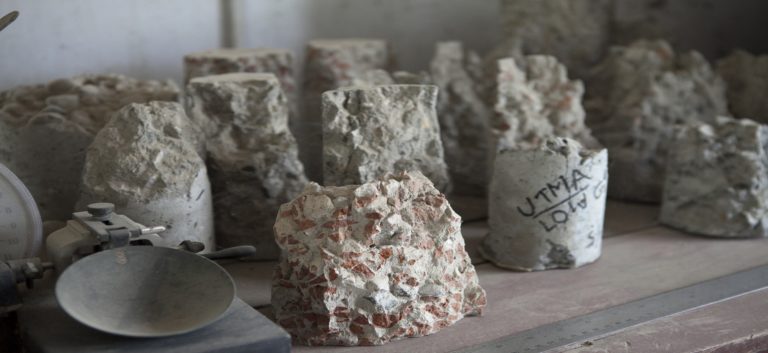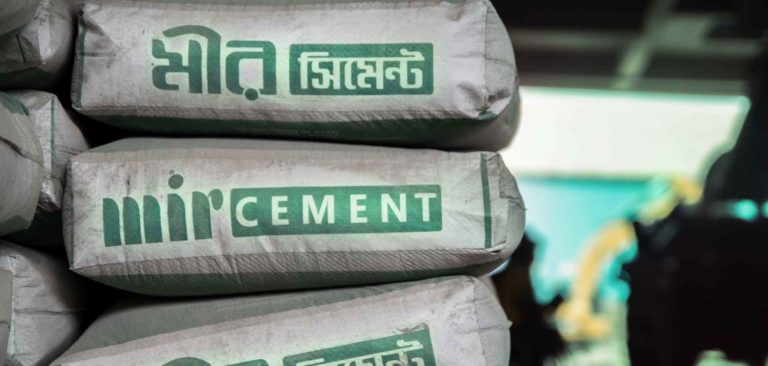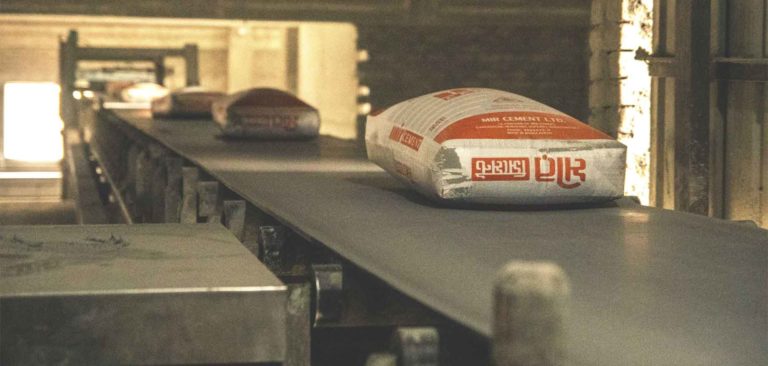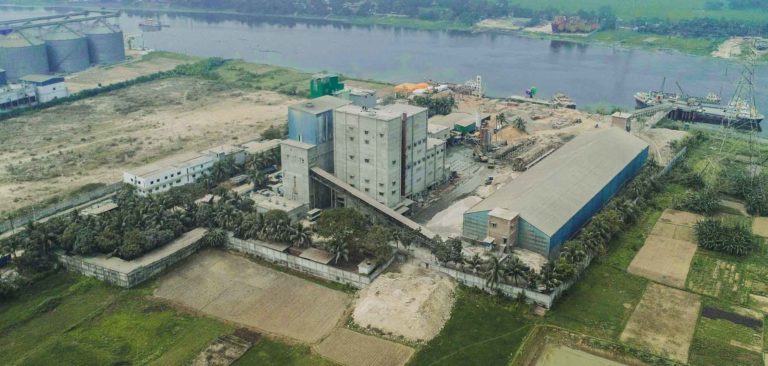Why should successful urban tree planting matter to engineers?
Trees should be regarded as assets and not as liabilities. Using valuations such as CAVAT [Capital Asset Valuation of Amenity Trees] show that trees increase in asset value throughout their long lives, unlike other elements of urban infrastructure, such as lamp standards, bollards, benches et al which need to be replaced.
Furthermore, trees deliver increased benefits after the first 30 years and these benefits continue to be delivered until they may slow down as the tree approaches ‘end of life, which could and should be hundreds of years into the future. This demonstrates that the investment made in trees on a whole life basis is remarkably cost-effective.
Forest Research is undertaking an ‘i-Tree’ canopy study of many of the towns in England and has found some concerning results on tree canopy cover.
Key points on urban canopy cover were set out in a leaflet by the Urban Wood and Forestry Advisory Network. What these studies have shown so far is that an assessment
of 283 towns showed an average of 16% canopy cover, but there’s great variability, with 3% in Fleetwood, Lancashire and 45% in Farnham, Surrey and, even within towns, the canopy cover is not spread equitably. The tree canopy cover of a place can be compared with the Index of Multiple Deprivation and can help to identify areas for increased tree planting.
According to Forest Research, a first step would be to achieve an equitable urban tree canopy cover across our towns and cities of about 20%. Of course, levels of canopy cover beyond this and especially when it comes to some of the challenges of climate change such as the need to increase summer cooling, will vary geographically.
Street trees combined with sustainable urban drainage systems (SuDS) have been shown to reduce the rate of storm-water run-off. Given the changing rain event patterns, this is now an important consideration.
In many towns and cities, not only are SuDS required for new developments but also need to be retrofitted to overcome existing problems with storm-water capacity and this provides a further opportunity to retrofit street tree planting at the same time.
There’s now political leadership for more urban tree planting and especially street tree planting with the ambition to include street trees in all streets in new developments. This provides the opportunity to review street design, to reapportion what might have been road space for vehicular traffic to satisfy more uses and, of course, to integrate trees and their multiple benefits at the same time.


